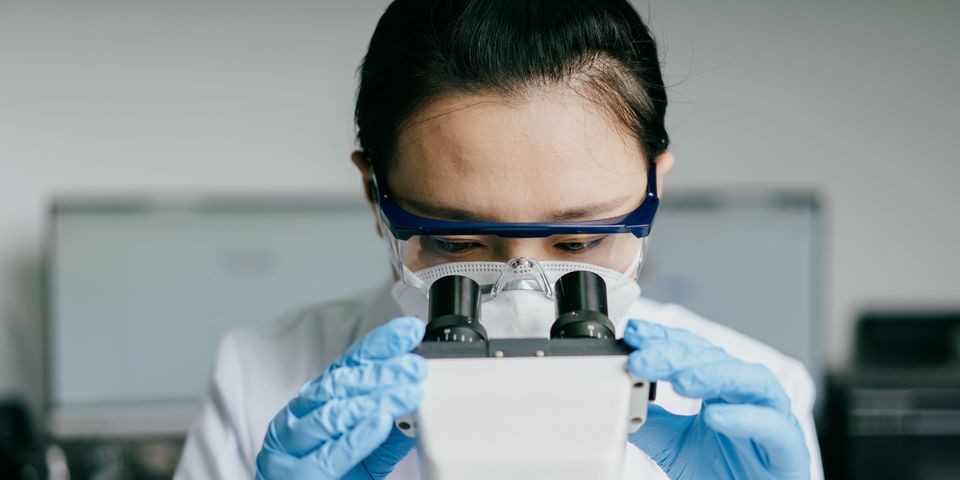How Medical Devices Are Classified

Classifying equipment used in medicine can be a complicated process. The U.S. Food and Drug Administration (FDA) has a specific system for classifying this equipment, and for the layman it may not always be easy to understand. When it comes to industries involved in medical device manufacturing, their products are classified by the FDA into one of three categories: Class I, Class II, or Class III. Here is what you need to know.
Classification Basics
Medical devices are classified based on how much risk they pose to the patient. In general, Class I medical devices present the least amount of risk, while Class III devices present the most. It is important for manufacturers and health care providers to be aware of this system in order to properly care for their patients and comply with regulatory requirements. By understanding how medical devices are classified, those in medical device manufacturing, as well as health care providers, can ensure that their equipment is safe and effective for patient use.
Class I Devices
Class I medical devices are considered low risk and require the least amount of regulation. These are typically items such as tongue depressors, bandages, and other commonly used medical supplies. They pose a minimal risk to the patient and do not require much monitoring or regulation by the FDA. These medical items may be tested for safety, but they do not need to follow the same rigorous process as higher-risk apparatus.
Class II Devices

Class II equipment is slightly higher risk than Class I devices and requires more oversight from the FDA. These devices may include heart rate monitors, blood pressure cuffs, or other items that have contact with the body but don’t necessarily affect it in any way. The FDA requires additional data on these items to ensure they are safe for patient use. This testing may involve clinical trials or other tests to ensure the device is ready.
Class III Devices
Class III medical devices are those that present significant risks to patients if faulty or used incorrectly, and as a result require the most stringent levels of regulation. These items are generally implantable, life-supporting, or life-sustaining and can include equipment such as pacemakers, hip replacements, or defibrillators. The FDA requires extensive testing and monitoring to ensure they present minimal risks to patients. This testing includes evaluations of biocompatibility, toxicity, and performance in order to ensure the safety of patients.
Because medical device manufacturing takes care and experience, rely on a firm you can trust, such as Pacific Integrated Manufacturing in Bonita, CA. For over 20 years, this company has been dedicated to providing industry-leading products and is ready to become your long-term manufacturing partner. Call them at (619) 921-3464 to discuss what they can do for you, and visit their website for more information.
About the Business
Have a question? Ask the experts!
Send your question

